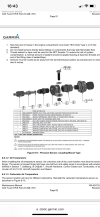You are using an out of date browser. It may not display this or other websites correctly.
You should upgrade or use an alternative browser.
You should upgrade or use an alternative browser.
Things experienced folks observe
- Thread starter 4RNB
- Start date
Yes the picture is too close up, give a little wider picture and the model SN of your bird so we can look it up in the parts book.The screws in pic are the common “Type A” variety.
Cessna typically uses the “Type B” ( blunt ) flavor.
Hard to tell from pic as to just what is being secured.
- Joined
- May 24, 2016
- Messages
- 847
- Display Name
Display name:
4RNB
I thought the windshield was supposed to float? Wouldn't that be adhering surfaces? My read of things is felt is what gets used upfront, that stuff on the side winders.I beleive this is what my windcreen was sealed with when new. You can use as many strips stacked on top of each other if need be to seal the fairing to the windscreen and the wing.
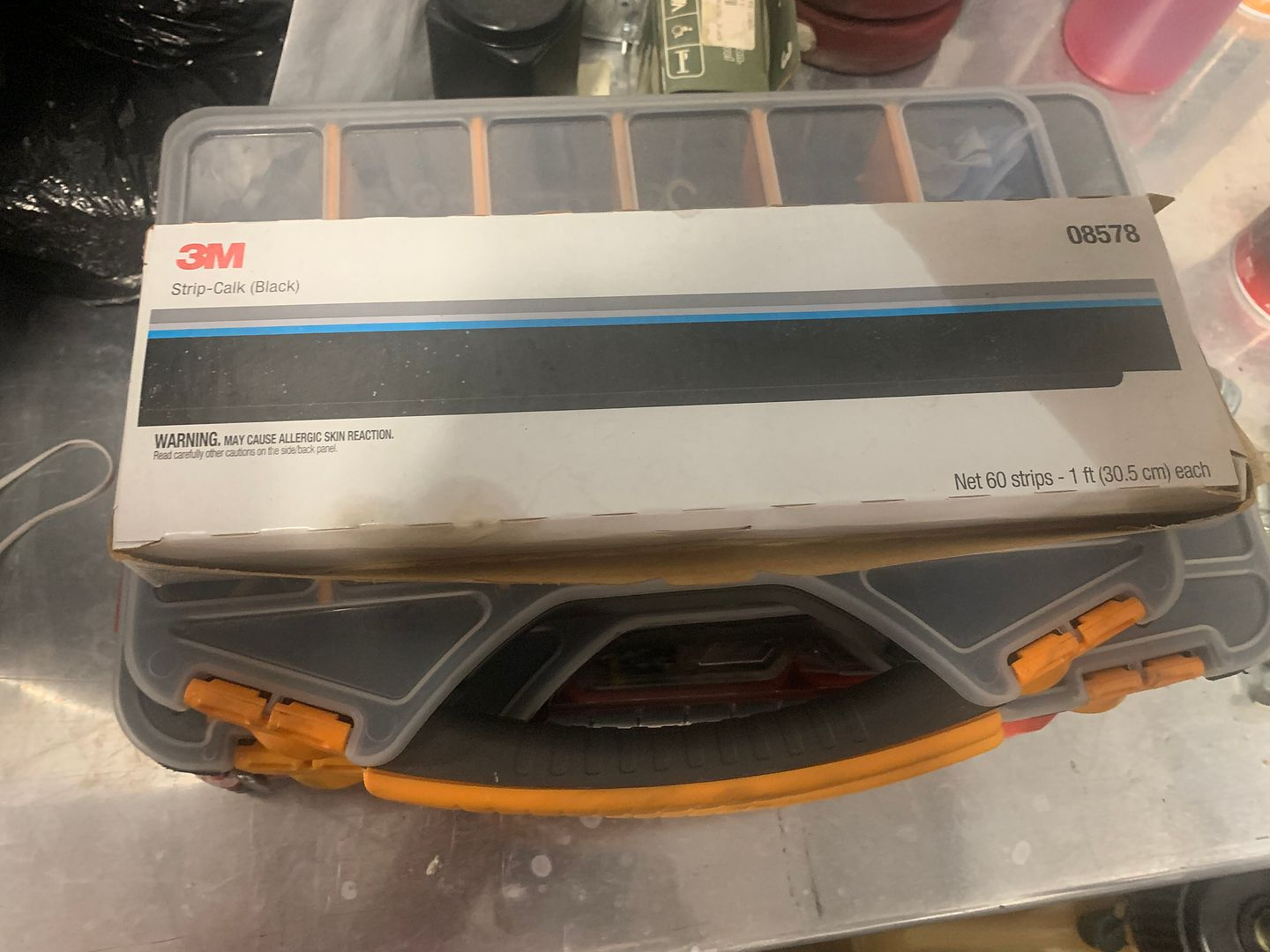
It is not hard to remove the fairing and seal with this stuff, just as long as the screws are not dicked up.
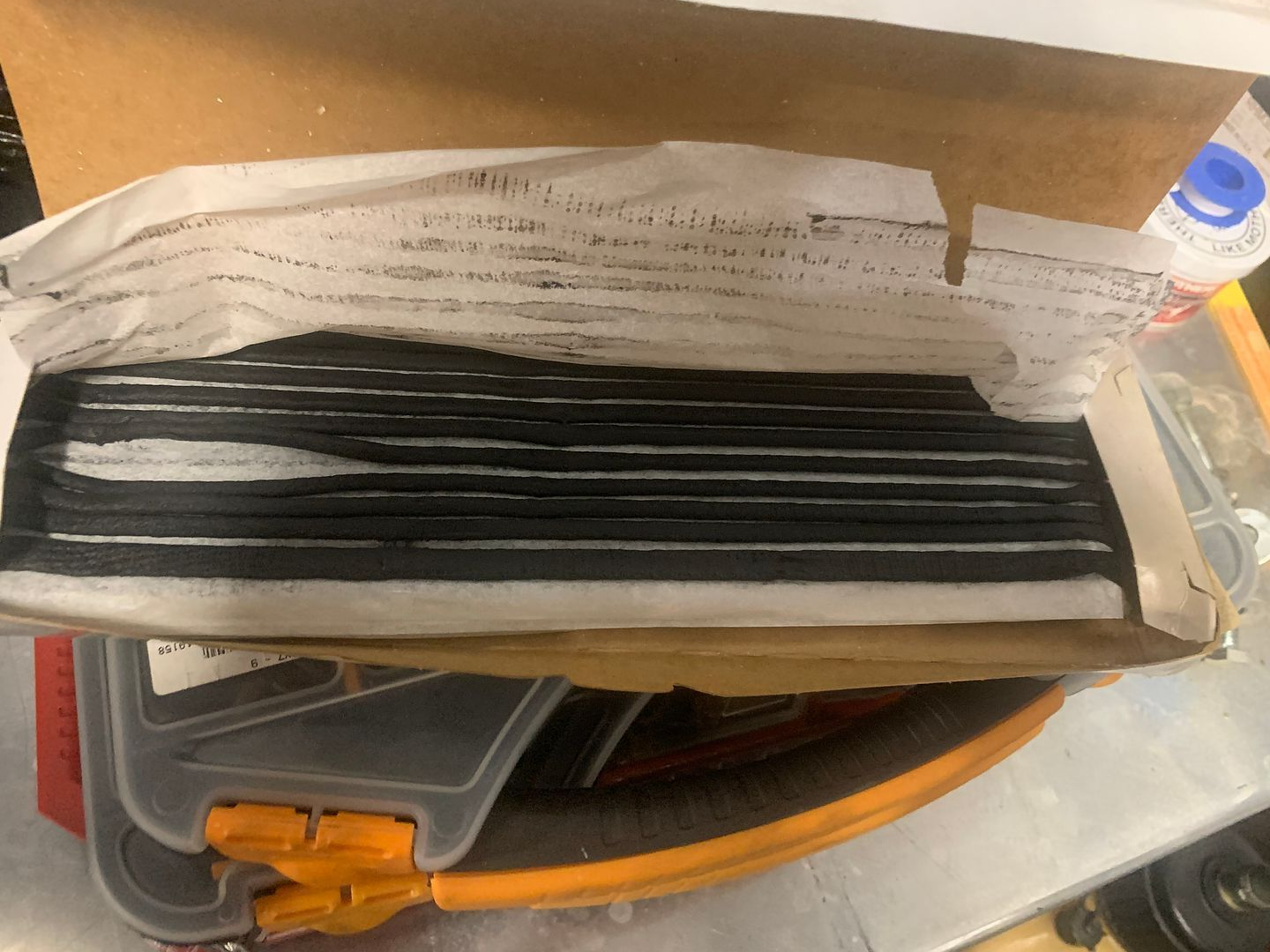
Evidence of it on my plane.
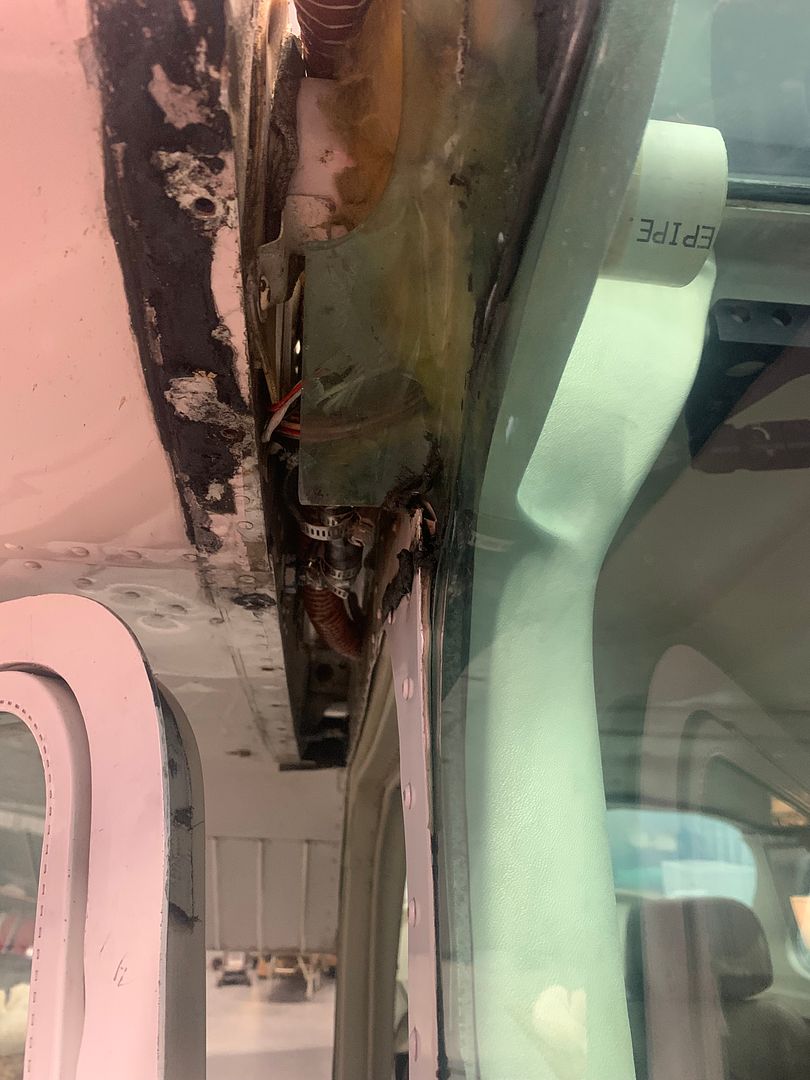
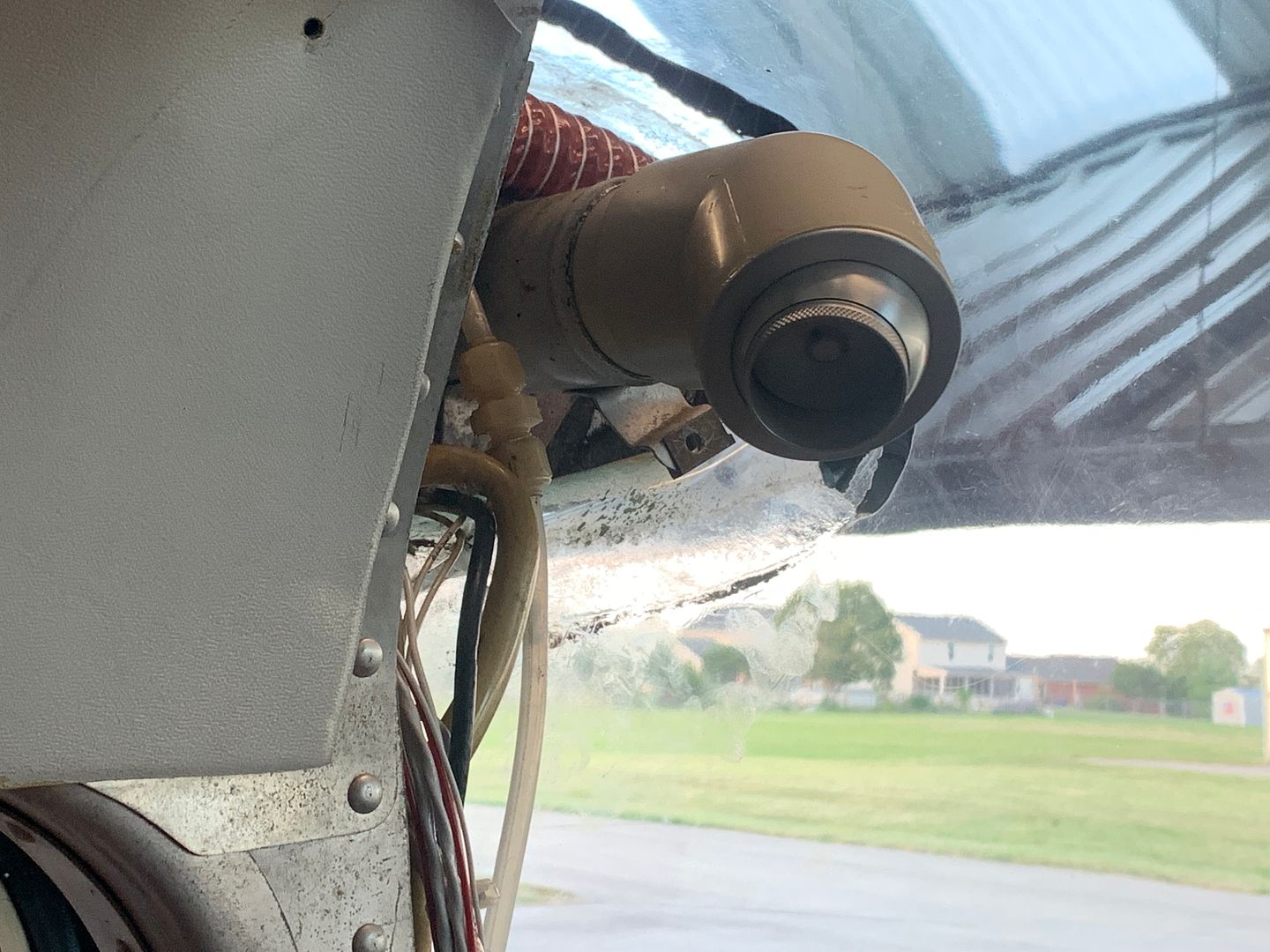
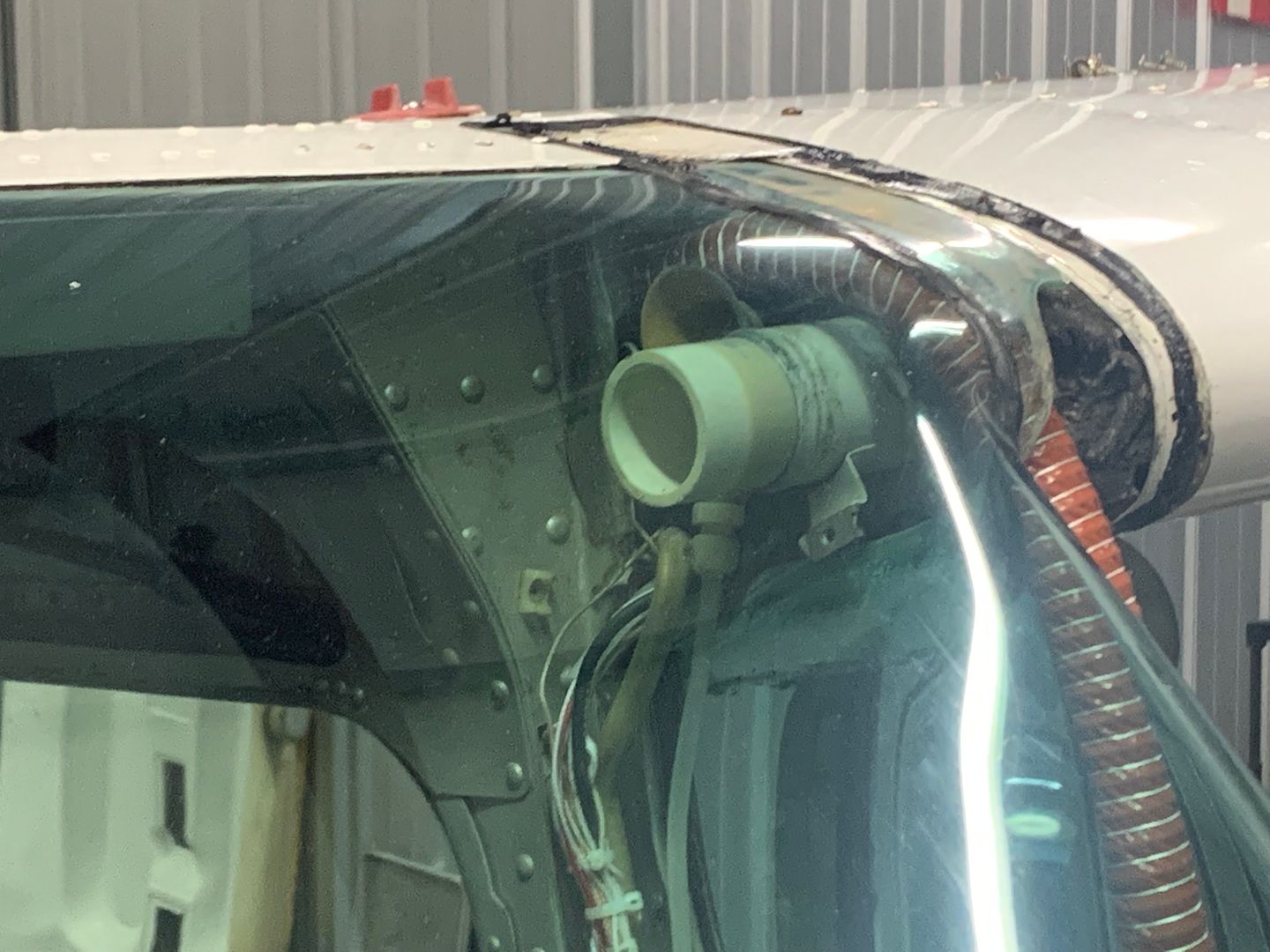
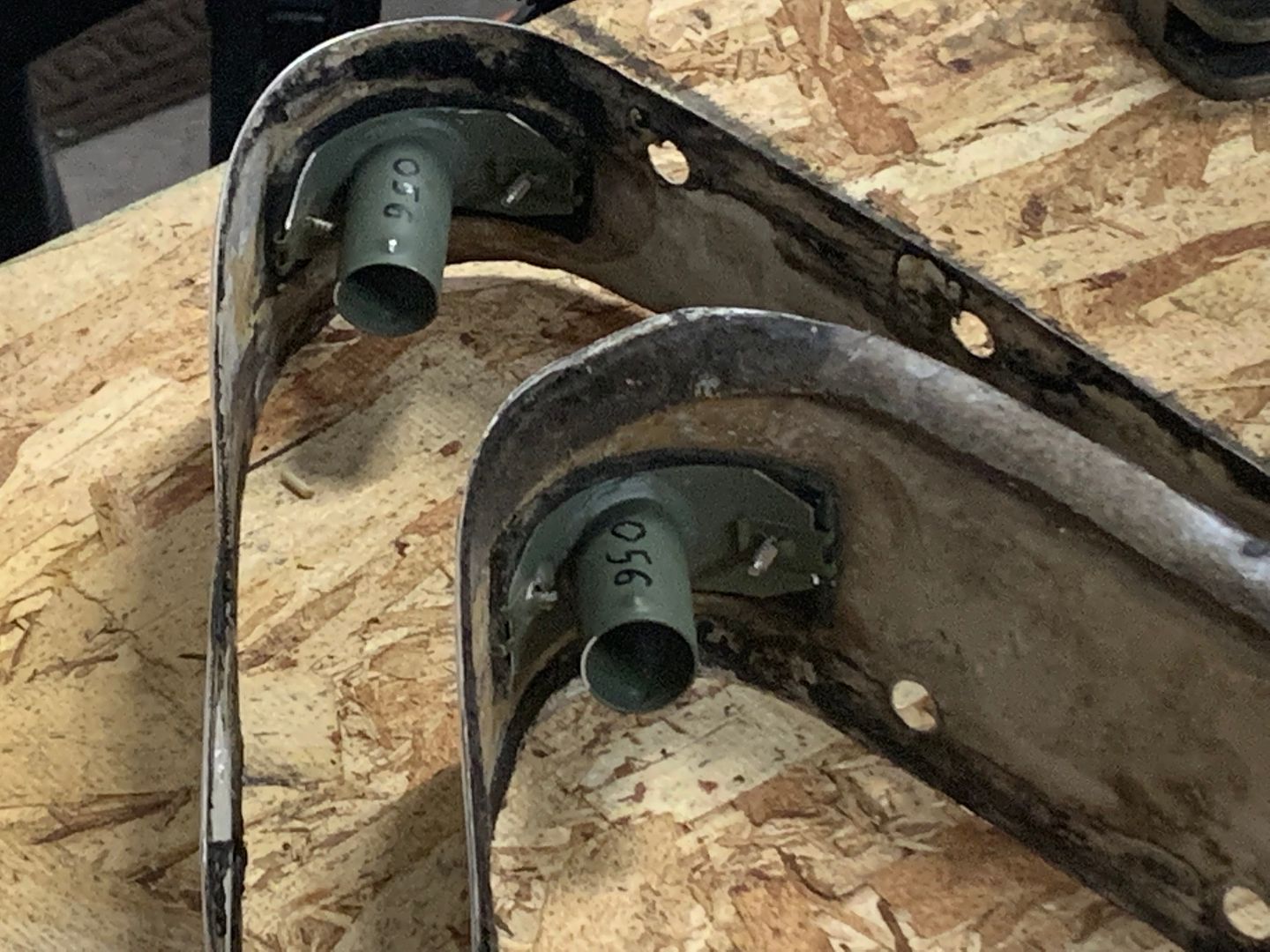
- Joined
- May 24, 2016
- Messages
- 847
- Display Name
Display name:
4RNB
Yes the picture is too close up, give a little wider picture and the model SN of your bird so we can look it up in the parts book.
Might not be in that. These are new baffles on new Airplanes 180HP, likely as installed from Airplanes.
62848 is the number requested though.
Stuff never stiffens up. Look closely there is felt inside those fairings.I thought the windshield was supposed to float? Wouldn't that be adhering surfaces? My read of things is felt is what gets used upfront, that stuff on the side winders.
Actually you can learn from all comments. Since this appears to be a new adventure for you, perhaps take a step back to regroup and learn some basics before jumping in headfirst. As mentioned, get your maintenance manuals and parts manuals on order, preferably from the same year as your aircraft, and start to educate yourself on the OEM processes and procedures. At the same time, look into the free FAA maintenance guidance materials which in addition to the OEM material will give you a solid foundation to build on. Jumping right into sealing windshield retainer strips and changing hardware without knowing what the recommended process is can cause un-necessary issues later on.but those comments don't make good copy or help me to learn.
This was how I started all my owner-assist customers and I had great success with it. Since it appears you have a willing mechanic to work with you, the more you know and understand about aircraft maintenance the easier it will be to expand on this. But one thing to always remember, airworthiness consists of 2 parts, one part which is objective, and one part which is subjective. And its the latter part that may give you the most confusion as every mechanic can have a separate answer or belief for that part. So just because this mechanic saw something different, doesn't always mean the other mechanic didn't or chose to ignore it. Case in point, adding silicon to the valve cover screws. Good luck.
The 180 upgrade uses most of the original items but sometimes
modifies them.
There are good reasons the Owner is responsible for maintenance
per FAR. “ Do whatever you think” could result in a $99K bill!
That statement does not get you off the hook either.
As you become accustomed to the idiosyncrasies of aircraft
maintenance you’ll find it’s best to have a definite understanding
of what IS and IS NOT going to take place. Wait till YOU have to
deal with interpreting some AD’s!
You can follow Bell’s advice ; or just write checks!
modifies them.
There are good reasons the Owner is responsible for maintenance
per FAR. “ Do whatever you think” could result in a $99K bill!
That statement does not get you off the hook either.
As you become accustomed to the idiosyncrasies of aircraft
maintenance you’ll find it’s best to have a definite understanding
of what IS and IS NOT going to take place. Wait till YOU have to
deal with interpreting some AD’s!
You can follow Bell’s advice ; or just write checks!
- Joined
- May 24, 2016
- Messages
- 847
- Display Name
Display name:
4RNB
And/or go to AP school!The 180 upgrade uses most of the original items but sometimes
modifies them.
There are good reasons the Owner is responsible for maintenance
per FAR. “ Do whatever you think” could result in a $99K bill!
That statement does not get you off the hook either.
As you become accustomed to the idiosyncrasies of aircraft
maintenance you’ll find it’s best to have a definite understanding
of what IS and IS NOT going to take place. Wait till YOU have to
deal with interpreting some AD’s!
You can follow Bell’s advice ; or just write checks!
You would do well to consider this as “ Continuing Education”
and log the time toward the A & P. Ya never know!
It’s likely much of this would not be in the Curriculum.
Specific aircraft are not taught.
That’s why it’s called a License to Learn.
and log the time toward the A & P. Ya never know!
It’s likely much of this would not be in the Curriculum.
Specific aircraft are not taught.
That’s why it’s called a License to Learn.
Most of what I learned in AP school was directed at the big jets and the systems on those aircraft. Not much was taught for GA because I guess most new AP are going to work for large companies with jets?
Unfortunately, school only teaches you the basics. So the same learning you follow on maintenance to become a better owner, crosses over to you being a better mechanic as well. And after 40 years of turning wrenches I still learn something new all the time.And/or go to AP school!
There is a prescribe list of theory and system basics that are required to be taught. Basically they will touch on most topics found in AC43-13.1B-2B. There was a push to drop wood splices, fabric, etc. years ago, but there still are aircraft flying with those items so who would sign off those aircraft if not taught the basics in school? Regardless, there's a lot of things not taught in A&P school with the US having the "easiest" curriculum out of the other major aviation countries.Not much was taught for GA because I guess most new AP are going to work for large companies with jets?

